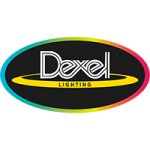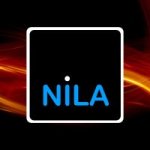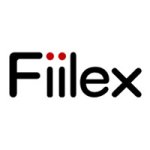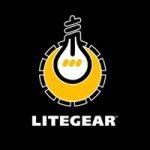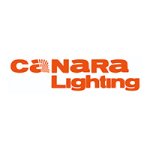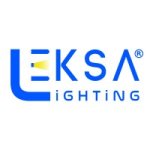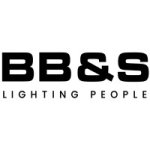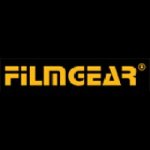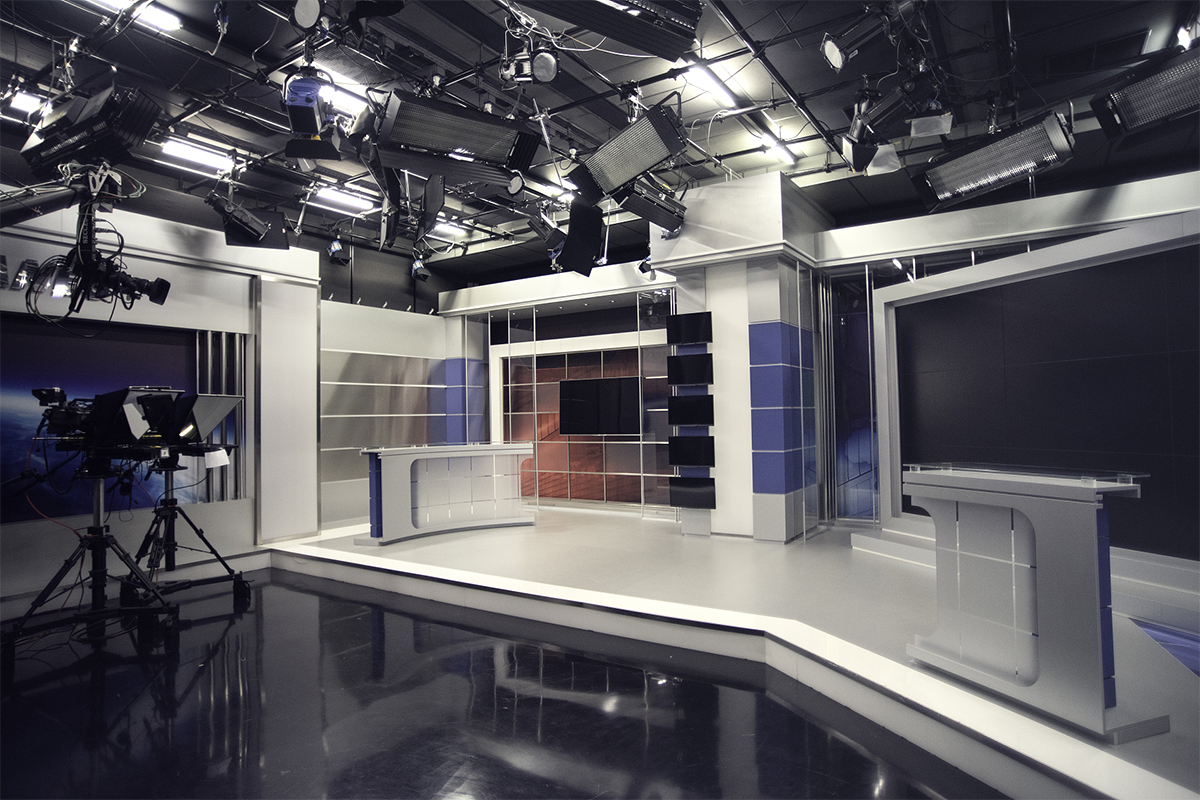
Broadcast studio lighting aims to create a well-lit and visually appealing environment for on-air talent and to ensure that the video capture meets the technical and aesthetic standards of broadcasting. This type of lighting is a vital component in professional broadcast studios, newsrooms, film sets, and other production environments where achieving high-quality visual content is paramount. It serves a range of objectives, from basic illumination to the creation of mood, emphasis on key elements, exposure control, color accuracy, and enhancing the overall visual quality of television and video productions. The distinct characteristics of broadcast lighting set it apart from other forms of lighting and are crucial for achieving high-quality visuals in broadcasting. When broadcasting lighting is thoughtfully planned and executed, it elevates the production value, supports the narrative, and contributes to a professional and engaging visual experience that resonates with the audience.
The effectiveness of broadcast lighting goes beyond mere visibility; it significantly influences the overall quality and impact of the content. It ensures that the visuals are clear, vibrant, and aesthetically pleasing, which is essential for creating a polished and professional look. High production value is often associated with quality, and it can positively influence the perception of the content by the audience. Lighting is a storytelling tool in the broadcast context. It helps convey the mood, atmosphere, and emotion of a scene, supporting the narrative or content being presented. Different lighting setups can be used to evoke specific emotions, highlight key elements, and guide the audience's focus, enhancing the storytelling aspect of the broadcast. Properly planned and executed lighting contributes to a professional and visually appealing presentation. It helps presenters, actors, or hosts look their best on camera, creating a positive impression on the audience. Professional lighting setups also minimize distractions, such as shadows, glares, or uneven lighting, ensuring a visually consistent and high-quality viewing experience. Engaging the audience visually is a critical aspect of successful broadcasting. Effective lighting captures the audience's attention, maintains their interest, and enhances the overall viewing experience. When viewers are visually engaged, they are more likely to connect with the content and stay engaged throughout the program. The visual style created through broadcast lighting can become a recognizable and distinctive aspect of the brand, reinforcing the identity and professionalism associated with the content.
Broadcast lighting fixtures are specifically tailored to meet the demanding requirements of television, film, and video production. Key lights provide the main illumination for the subject. Fill lighting equipment complements the key light by reducing shadows and creating a balanced overall illumination. Fill lights help soften harsh shadows created by the key light, providing a more flattering and natural look to the subject. They contribute to a well-exposed and evenly lit scene. Backlights help create a visual separation between the subject and the background, adding depth and preventing the subject from blending into the background. Hair lights add highlights to the hair, making it stand out and adding a sense of polish to the overall appearance of the subject. Broadcast lighting fixtures prioritize accurate color reproduction to ensure that colors appear natural and consistent across different cameras and monitors. Many broadcast lighting fixtures offer the ability to control color temperature. This feature is valuable for adapting to different lighting conditions, matching ambient lighting, and achieving the desired color tones for specific scenes. Precise control over the intensity of the light is crucial in television and film production. Broadcast lighting fixtures often include dimming capabilities, allowing operators to adjust the brightness to create the desired atmosphere and control exposure. Broadcast lighting fixtures provide control over the direction and spread of light. This is important for shaping the lighting on subjects, avoiding spill onto unwanted areas, and creating specific lighting effects. Tools like Fresnel lenses and spotlights are commonly used for precise beam control. Broadcast lighting fixtures are designed to operate without flicker, which can cause issues when recorded with high-speed cameras or in certain broadcast settings. In film and television production, especially in studio settings, minimizing ambient noise is crucial. Broadcast lighting fixtures are engineered to operate quietly to avoid interference with audio recording during shoots.
LED technology delivers unique values to broadcast lighting by providing a range of benefits and features that enhance the quality, efficiency, and creative possibilities in television and video production. The energy efficiency of LED broadcast lights is advantageous in broadcast settings where lights may be used for extended periods. The instant on/off capabilities of LEDs allows quick adjustments to lighting. The dimming capabilities of LEDs provide precise control over the intensity of the emitted light. This is crucial in broadcast scenarios where precise control over light intensity is needed for various creative and practical reasons. Whether adjusting for scene changes, adapting to shifting conditions, or creating specific visual effects, dimmable LED broadcast lights provide the flexibility and control required in the dynamic and demanding environment of broadcasting. LED broadcast lights with tailored spectral power distribution (SPD) can be designed to optimize color rendering and tailor color temperature for specific applications. This ensures that skin tones, set elements, and other colors appear as intended, contributing to the overall visual quality of the broadcast. Precise control over CCT, Plus–Minus Green, and CRI allows producers, directors, and lighting designers to achieve consistent and accurate lighting results across different scenes and settings. Tailoring the SPD can help minimize color spikes and unwanted artifacts in the lighting. This contributes to a cleaner and more visually appealing image. LED technology facilitates the creation of dynamic lighting effects for creating visually engaging scenes, enhancing the overall viewer experience. The integration of LED broadcast lights with advanced control systems offers a range of benefits, including remote control, programmable scenes, coordination with production set elements, enhanced efficiency, and the ability to make dynamic adjustments during live broadcasts. These features collectively contribute to a more flexible, efficient, and visually compelling broadcasting experience.
LED broadcast lights encompasses a range of fixtures with different characteristics, form factors, and applications. LED Fresnel lights are often used for key and fill lighting in broadcast studios due to their ability to produce focused and controllable beams. LED panel lights provide soft and uniformly distributed illuminances for background lighting. LED spotlights offer precise control over the direction and intensity of light for highlighting specific areas or subjects in a broadcast setting. LED tube lights replicate the form factor of traditional fluorescent tubes to provide linear, strip lighting and can be mounted overhead or integrated into sets for accent or ambient lighting. LED ring lights provide shadow-free illumination for close-up shots and are commonly used in beauty and product photography in the broadcast industry. LED soft lights can come in various form factors, including panels, panels with diffusers, or larger softboxes. Tunable white LED lights allow users to adjust the intensity as well as the color temperature of the light from warm to cool white. RGB LED studio lights offer creative possibilities for adding colored accents or dynamic lighting effects in broadcast productions. The variety of LED broadcast lights allows broadcasters to choose fixtures that best suit the specific needs and creative requirements of their productions.








